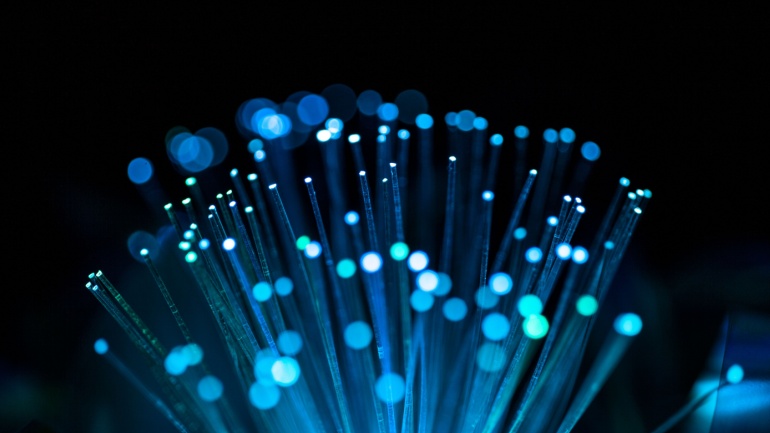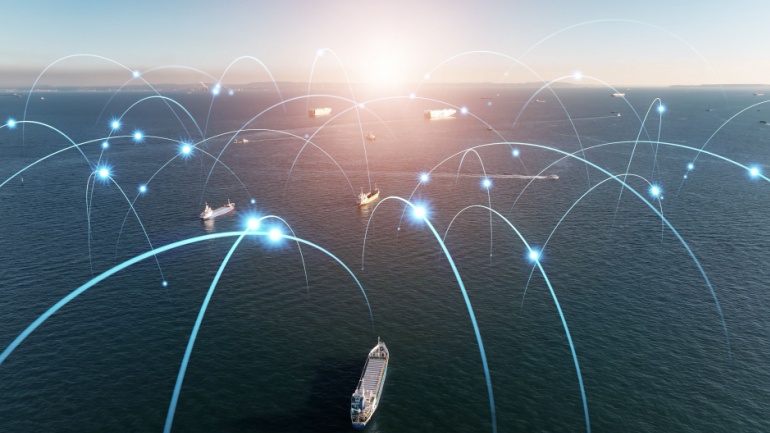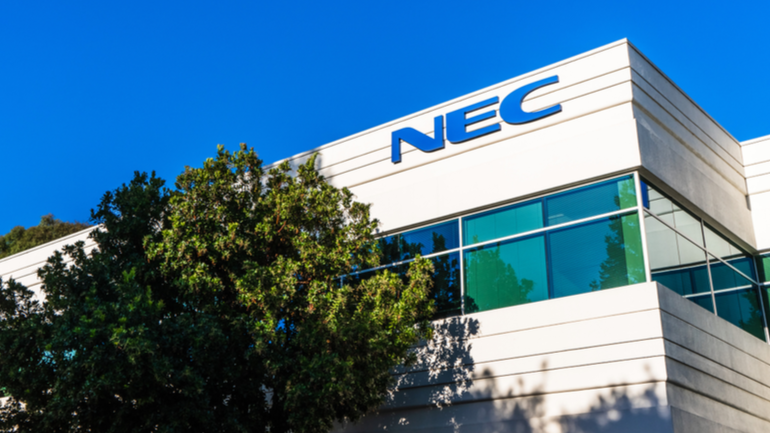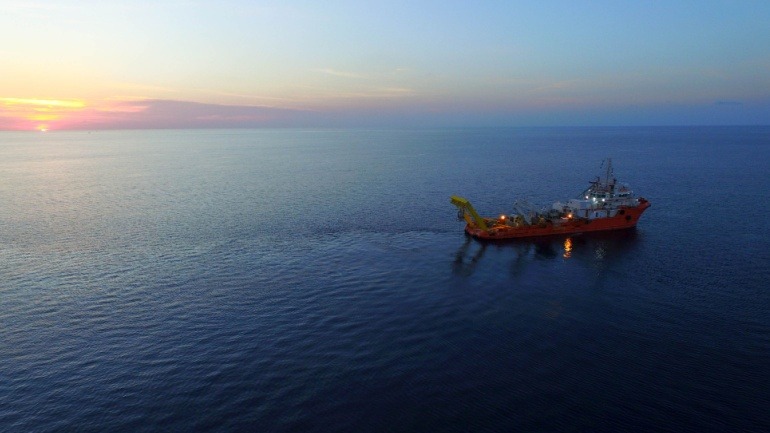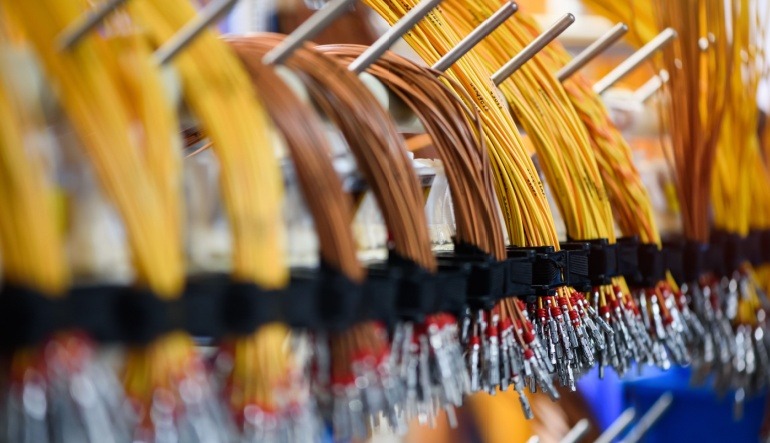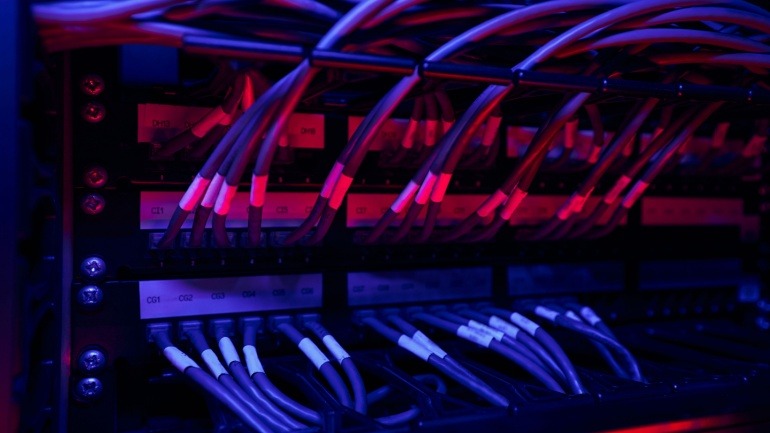Sparkle, an international service provider, and Airtel Business have partnered to enhance VoIP connectivity between Asia and Europe via the Blue & Raman Submarine Cable Systems. This strategic agreement promises to diversify and expand global network capacity, catering to increasing data demands and ensuring seamless VoIP services for businesses and consumers.
Telkomunikasi Indonesia International (Telin) teams up with BW Digital to develop the Nongsa-Changi submarine cable system, enhancing connectivity between Batam and Singapore. This strategic alliance aims to support digital economic growth with robust, reliable links for high-density AI applications. Completion is expected by Q4 2025, marking a significant milestone in regional digital infrastructure.
At the Submarine Networks EMEA Conference in London, IOEMA Fibre introduced a new submarine cable that will link key markets across Northern Europe. The 1,400km cable, equipped with repeaters, will connect the UK, The Netherlands, Germany, Denmark, and Norway.
Countries across East and Southern Africa are grappling with a widespread internet outage caused by faults in several submarine cables. According to Cloudflare Radar, which tracks internet disruptions, Tanzania is among the hardest hit, experiencing a significant drop in internet traffic to only 30% of its normal levels.
In response to the soaring global demand for fast, secure connectivity, China Mobile International Limited (CMI) is significantly investing in four new submarine cable systems. These systems promise to robustly service the substantial growth in mobile data usage in quickly digitising regions such as Africa. However, as aging cables become outdated, the race is on for fresh investment to keep pace with customer needs and the rapid development of next-gen technologies.
NEC Corporation, along with its subsidiary OCC Corporation and Sumitomo Electric Industries, has stated that they have conducted the first testing of an uncoupled 4-core underwater fiber cable and confirmed its transmission performance to fulfill the stringent requirements of global telecommunications networks. International data usage is anticipated to increase by 30-40% by 2026, owing to reasons such as the expansion of 5G mobile data and the necessity to exchange ever more content between data centers located around the world. Submarine networks are using space division multiplexing (SDM) technology to fulfill this need, which increases the number of separate spatial channels to maximize the overall capacity of the system, decrease energy usage and minimize the cost per bit transferred. Multicore fiber is projected to increase the number of parallel optical fiber cores without changing the size and structure of underwater cables, allowing the introduction of second generation of submarine SDM…
Recent submarine cable cuts in the Baltic Sea have raised concerns about deliberate sabotage, affecting vital data pathways from Sweden to Lithuania and Finland to Germany. Operators emphasize the need for increased network redundancy to ensure stable connectivity.
Saudi Arabia’s Mobily and Telecom Egypt are collaborating on a submarine cable project across the Red Sea, enhancing VoIP connectivity between Saudi Arabia and Egypt. This initiative addresses increasing internet service demand and aligns with Saudi Vision 2030.
Globe Telecom’s role in managing the Philippines landing for the MYUS cable system marks a pivotal moment in global VoIP and telecommunications. The 19,000 km cable enhances digital connectivity, linking Malaysia and the US. This $720 million investment will provide 15 Tbps per fiber pair, elevating internet speed and reliability.
Digicel Group has announced the launch of its subsea fibre cable, Deep Blue One, marking a major investment in enhancing international submarine connectivity. This development is poised to significantly improve internet and communication services across the Caribbean and South America, with French Guiana, Suriname, Guyana, and Trinidad & Tobago being key beneficiaries.



